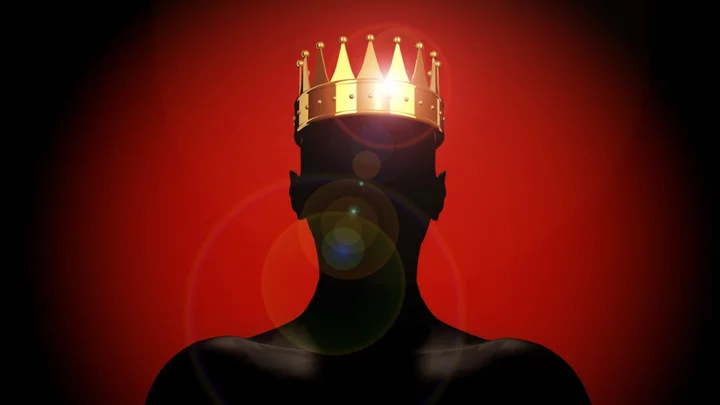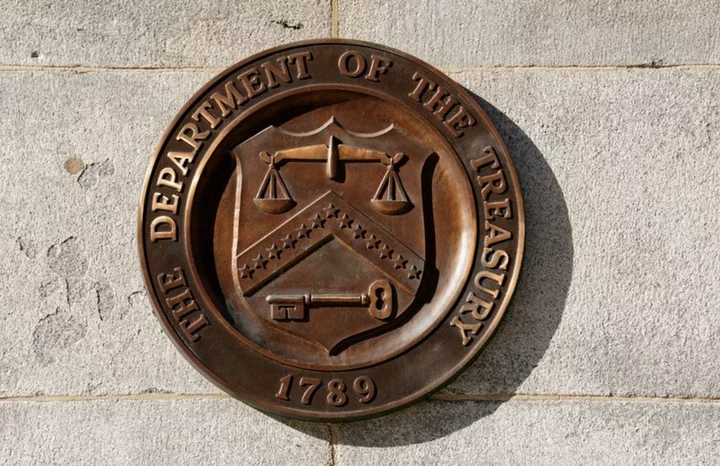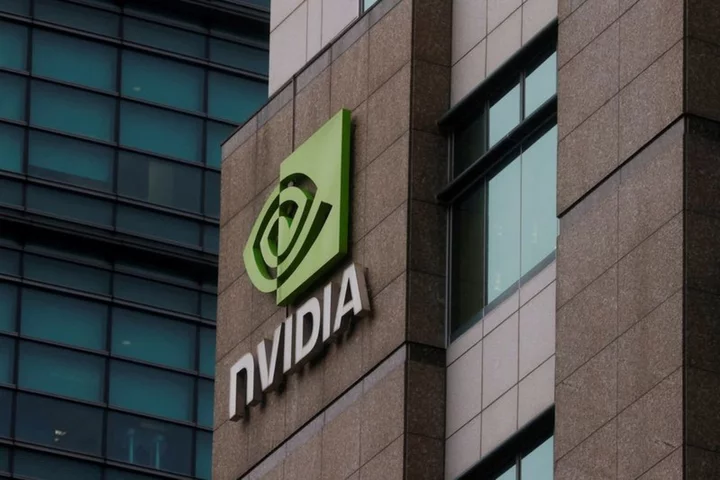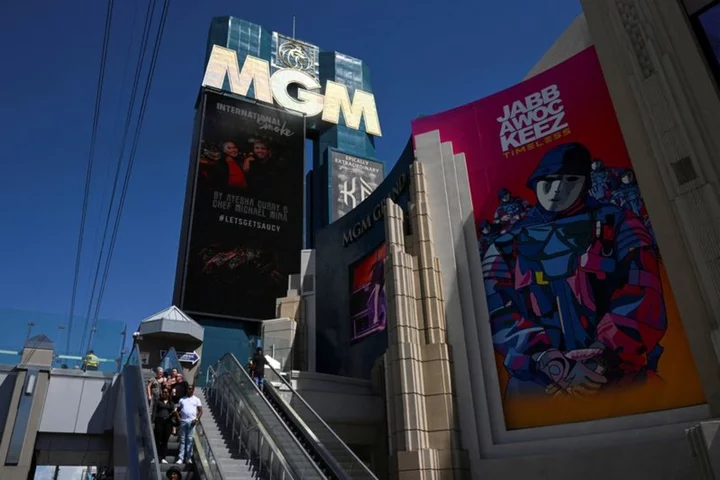The late film critic Roger Ebert loved movies. He also hated quite a few of them, enough to fill up a book of reviews titled I Hated, Hated, Hated This Movie. Some received just fraction of a star (out of a possible four), including Spice World (1997), Mr. Magoo (1997), and Charlie’s Angels (2000). Even consensus critical and audience favorites like Fast Times at Ridgemont High (1982) and The Usual Suspects (1995) couldn’t muster anything over 1.5 stars.
But one film drove Ebert to the virtually unprecedented step of declaring it was simply not possible to evaluate it. It was not that he awarded it zero stars—though he did—but that he felt it defied the spectrum of starred ratings entirely.
The movie: The Human Centipede.
For those unfamiliar, that 2009 horror film directed by Tom Six imagines a world in which psychotic surgeon Dr. Heiter (Dieter Laser) performs a highly experimental procedure in which he conjoins the mouths and anuses of victims to form a horrifying human food chain.
Ebert often espoused that he evaluated a film not on an overall scale of quality but what it was trying to accomplish in its genre; he wrote that “The Human Centipede scores high on this scale. It is depraved and disgusting enough to satisfy the most demanding midnight movie fan. And it’s not simply an exploitation film.”
Ebert goes on to laud a few of Six’s shot compositions. But then he drops the hammer. “I am required to award stars to movies I review,” he wrote. “This time, I refuse to do it. The star rating system is unsuited to this film. Is the movie good? Is it bad? Does it matter? It is what it is and occupies a world where the stars don’t shine.”
The Human Centipede was not universally reviled. It holds a 49 percent “rotten” score on Rotten Tomatoes, meaning some critics found its audaciousness worthy of respect. (“It scales the heights of yuckiness,” wrote Guardian reviewer Peter Bradshaw.)
Nor was it the first time Ebert abandoned his star system. In 1997, he reiterated his distaste for the John Waters film Pink Flamingos, for which he determined “stars simply seem not to apply” and something he regarded “not as a film but as a fact, or perhaps as an object.” He also passed on awarding any stars to 1996’s Mad Dog Time (“like waiting for the bus in a city where you’re not sure they have a bus line”) and 1987’s Jaws: The Revenge (“the scariest creature in the film is an eel”) along with several others, though The Human Centipede seems to be the rare case where a star rating was withheld more out of cold logic than sheer contempt.
Whether Ebert or his cohorts influenced filmgoers to stay away from The Human Centipede is hard to evaluate. The first film made less than $200,000 at the domestic box office, though Vulture later reported it sold 55,000 DVDs in its first week of release.
Having suffered enough, Ebert was no doubt displeased to be confronted with 2011’s The Human Centipede 2 (Full Sequence), which repeats the morbid beats of the first but with more victims along the way. Whether he found it as distressing as the first is hard to gauge, as the review forgoes stars for a thumbs-down emoji, which seems to correlate with a zero-stars rating. (Ebert passed in 2013, thus being spared the experience of 2015’s third and final Human Centipede film.)
Subjecting himself to the sequel does bring up an interesting question. If the original Human Centipede was so grueling, why bother with another? A reader once wrote to Ebert posing the question. His answer: “That’s what I get paid for. I’d have a perfect job if I only went to movies I thought might be good.”
This article was originally published on www.mentalfloss.com as The Horror Movie Roger Ebert Couldn’t Review.









